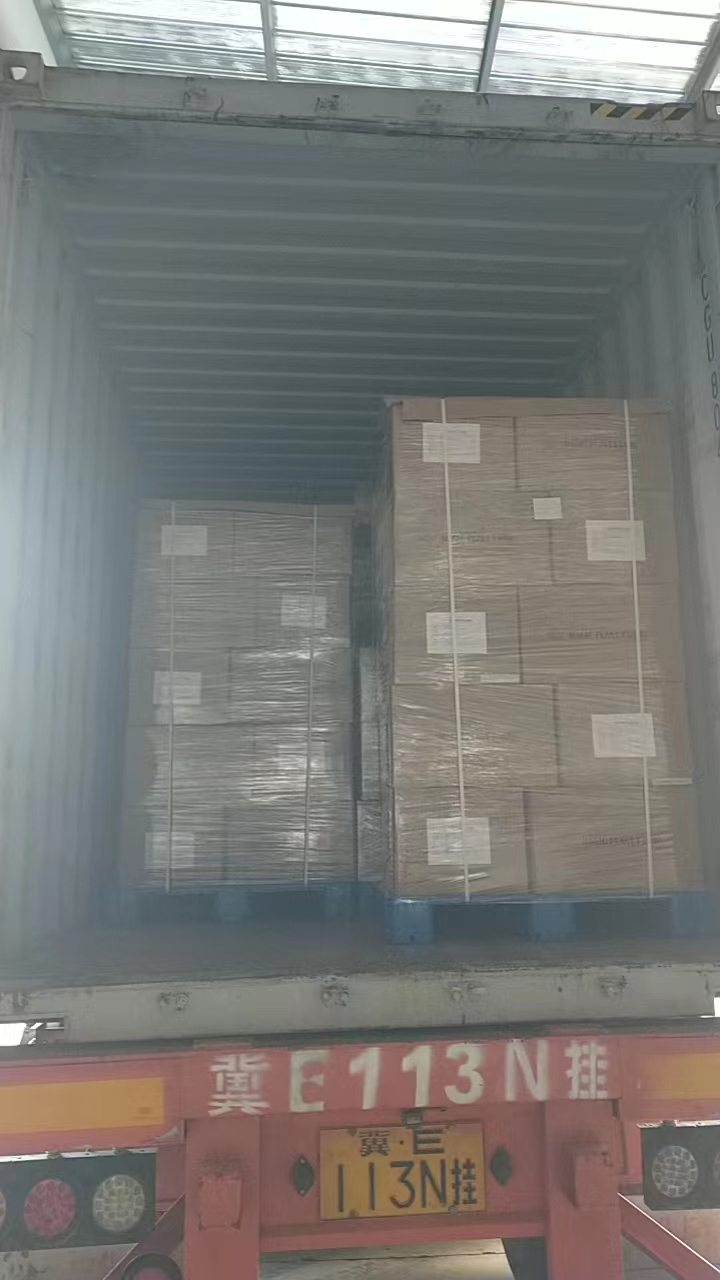Aug . 12, 2024 19:04 Back to list
Dried Bell Pepper Flakes Manufacturing Process and Quality Control Standards Explained
The Art and Science of Dried Bell Pepper Flakes Production
In the world of culinary delights, the vibrant flavors and colors of bell peppers stand out as favorites. When fresh bell peppers are not in season or when chefs want a concentrated burst of flavor, dried bell pepper flakes become an invaluable ingredient. The process of producing these flavorful flakes in a factory setting is both an art and a science, designed to capture the essence of bell peppers while ensuring a long shelf life.
Sourcing Quality Bell Peppers
The journey of dried bell pepper flakes begins with selecting the right bell peppers. Factories typically source high-quality, fresh peppers from local farms or reliable suppliers. The flavor, color, and texture of the bell peppers are crucial; hence, factors such as variety (red, yellow, green, or orange), ripeness, and freshness are meticulously assessed. Farmers often use organic methods to ensure that the peppers are free from pesticides and harmful chemicals, making the product healthier and more appealing to consumers.
Preparation and Cleaning
Once the peppers are sourced, they undergo a thorough cleaning process. This step is essential to remove any dirt, residues, or contaminants. The peppers are washed in water, often with natural cleaning agents, to ensure they are pristine before processing. Following the cleaning, the peppers are inspected and sorted, discarding any that show signs of spoilage or damage.
Cutting and Dehydration
After cleaning, the bell peppers are cut into uniform pieces. This uniformity ensures even drying, which is crucial for maintaining the flavor and texture of the final product. The pieces are typically sliced into rings, strips, or small chunks, depending on the desired outcome. Once cut, the peppers enter a drying process.
Dehydration can be achieved through various methods, but commercial factories often employ industrial dehydrators that use controlled temperature and airflow to efficiently remove moisture. This process not only preserves the peppers but also concentrates their natural flavors, resulting in potent and aromatic flakes.
dried bell pepper flakes factory

Grinding and Packaging
Post dehydration, the dried bell peppers are ground into flakes. This stage requires precision, as the size of the flakes can significantly impact their application in cooking. Some manufacturers may offer different grind sizes to cater to various culinary uses—from large flakes for pizzas to fine powders for seasoning blends.
Once ground, the bell pepper flakes are packaged in airtight containers to prevent moisture intrusion and preserve freshness. Proper packaging is vital for maintaining the vibrant color and flavor of the flakes. Most factories use vacuum sealing or nitrogen flushing methods to extend shelf life, ensuring the product stays as fresh as the day it was processed.
Quality Control and Distribution
Quality control is a continuous process throughout the production of dried bell pepper flakes. Factories conduct regular testing to check for moisture content, flavor intensity, and color vibrancy. These checks guarantee that consumers receive a product that meets high standards of quality and safety.
After passing quality control, the final product is distributed to various markets—ranging from bulk sales to restaurants and retail outlets. Dried bell pepper flakes have found a place in countless recipes around the globe, from soups and stews to salads and snacks, demonstrating their versatility in the kitchen.
Conclusion
The production of dried bell pepper flakes showcases the intricate balance between agricultural practices and food technology. With a focus on quality sourcing, meticulous preparation, and innovative dehydration methods, manufacturers are able to deliver a product that not only enhances flavors but also embodies the rich, colorful essence of bell peppers. As consumers become more health-conscious and culinary exploration expands, dried bell pepper flakes remain a staple ingredient for flavorful dishes worldwide.

